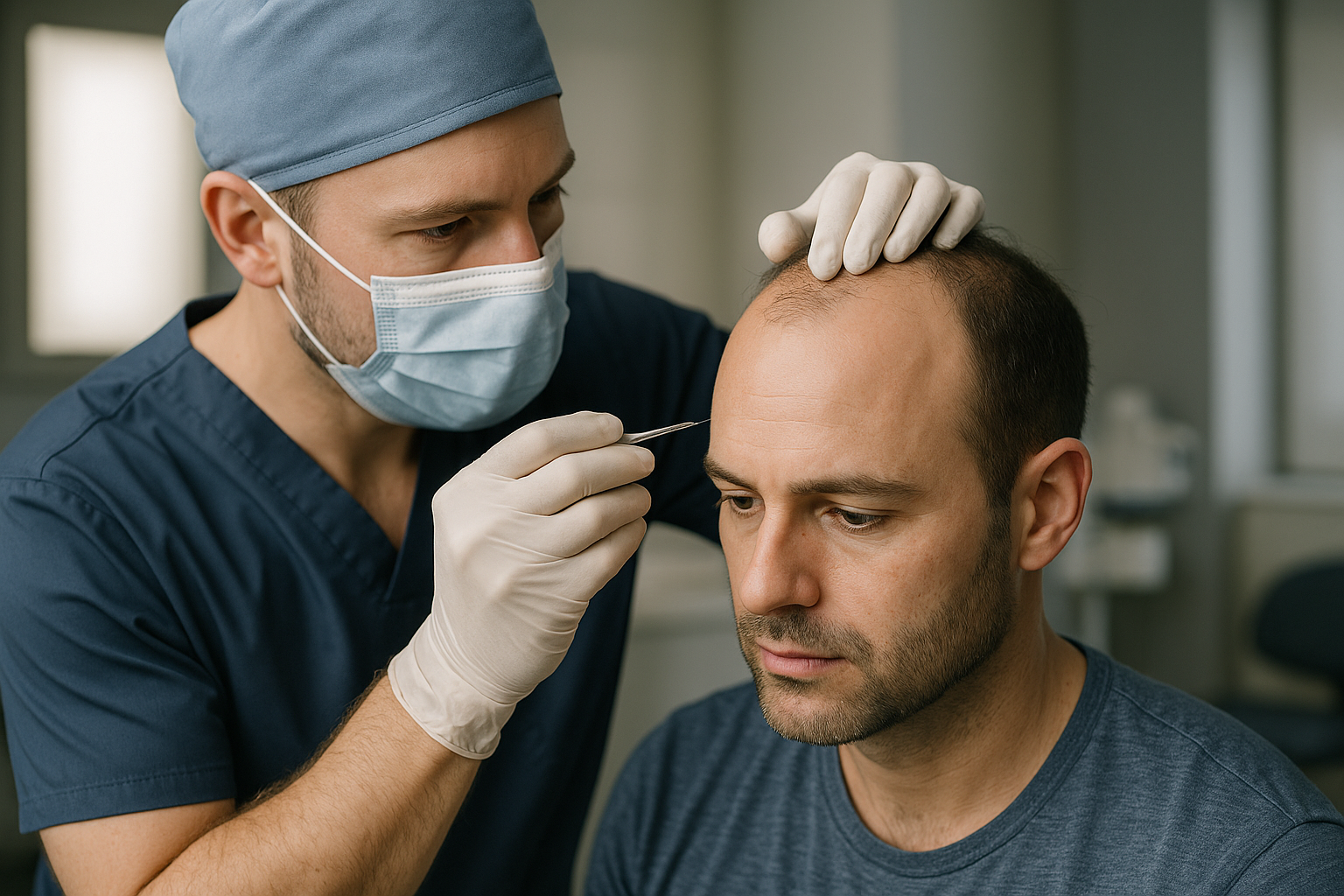Economic Factors Affecting Rhinoplasty Costs Globally
Rhinoplasty, commonly known as nose surgery, represents one of the most sought-after cosmetic procedures worldwide. The financial investment required for this transformative surgery varies dramatically across different regions, influenced by multiple economic factors including local healthcare systems, surgeon expertise levels, and regional cost of living standards.

Understanding the global landscape of rhinoplasty pricing requires examining the complex interplay of economic variables that determine surgical costs across different markets. From developed nations with advanced medical infrastructure to emerging economies offering competitive alternatives, the price spectrum reflects broader economic realities affecting healthcare delivery worldwide.
How Surgery Nose Price Varies by Geographic Location
Geographic location serves as the primary determinant of rhinoplasty costs, with significant variations between continents and countries. Developed nations typically command higher prices due to stringent regulatory frameworks, advanced medical technology, and higher operational costs. European countries like Switzerland and Germany often feature premium pricing structures, while Eastern European nations provide more affordable alternatives without compromising quality standards.
The United States maintains some of the highest rhinoplasty costs globally, reflecting the country’s complex healthcare system and premium positioning of cosmetic surgery. Meanwhile, countries in South America, particularly Brazil and Colombia, have established themselves as cost-effective destinations while maintaining international quality standards.
Comparing Surgery Nose Price Across Different Healthcare Systems
Healthcare system structures significantly impact rhinoplasty pricing models across different regions. Countries with nationalized healthcare systems often see lower overall costs for reconstructive procedures, though cosmetic rhinoplasty typically remains a private-pay service. Private healthcare markets tend to drive higher prices through competitive positioning and premium service offerings.
Insurance coverage policies also influence pricing strategies, with some regions offering partial coverage for functional rhinoplasty procedures addressing breathing difficulties. This dual-purpose nature of many nose surgeries creates complex pricing structures that vary based on medical necessity determinations.
Planning Your Budget for Rhinoplasty Procedures
Effective budget planning for rhinoplasty requires understanding both direct surgical costs and associated expenses that contribute to the total investment. Primary surgical fees typically include surgeon compensation, anesthesia services, facility usage, and post-operative care provisions. Additional considerations encompass pre-operative consultations, imaging studies, medications, and potential revision procedures.
Patients should also factor in indirect costs such as time off work, travel expenses for medical tourism scenarios, and accommodation requirements during recovery periods. These supplementary expenses can significantly impact the overall financial commitment required for rhinoplasty procedures.
| Region | Average Cost Range (USD) | Key Factors |
|---|---|---|
| United States | $5,000 - $15,000 | Premium healthcare system, high operational costs |
| Western Europe | $4,000 - $12,000 | Advanced medical standards, regulated markets |
| Eastern Europe | $2,000 - $6,000 | Lower operational costs, competitive pricing |
| South America | $1,500 - $5,000 | Medical tourism focus, cost-effective alternatives |
| Asia | $1,000 - $8,000 | Wide variation based on country development |
| Middle East | $3,000 - $10,000 | Growing medical tourism sector |
Prices, rates, or cost estimates mentioned in this article are based on the latest available information but may change over time. Independent research is advised before making financial decisions.
Economic Trends Shaping Future Rhinoplasty Costs
Emerging economic trends continue reshaping the global rhinoplasty market, with medical tourism playing an increasingly significant role in price competition. Countries investing in medical infrastructure and international accreditation programs are positioning themselves as attractive alternatives to traditional high-cost markets.
Technological advancement also influences pricing structures, with minimally invasive techniques and improved surgical methods potentially affecting long-term cost trajectories. Currency fluctuations and international economic conditions create additional variables that impact cross-border medical tourism decisions.
Quality Considerations Beyond Price Comparisons
While cost considerations remain important for many patients, quality factors should never be compromised in pursuit of lower prices. Board certification, surgical experience, facility accreditation, and patient safety records represent critical evaluation criteria that transcend simple price comparisons.
The relationship between cost and quality in rhinoplasty varies significantly across different markets, with some lower-cost regions maintaining excellent standards while others may present increased risks. Thorough research and consultation with qualified professionals remain essential regardless of chosen price points.
The global rhinoplasty market continues evolving as economic factors reshape accessibility and affordability across different regions. Understanding these complex economic influences empowers patients to make informed decisions that balance financial considerations with quality expectations and safety requirements. As medical tourism expands and technology advances, the landscape of rhinoplasty costs will likely continue adapting to changing economic realities worldwide.




